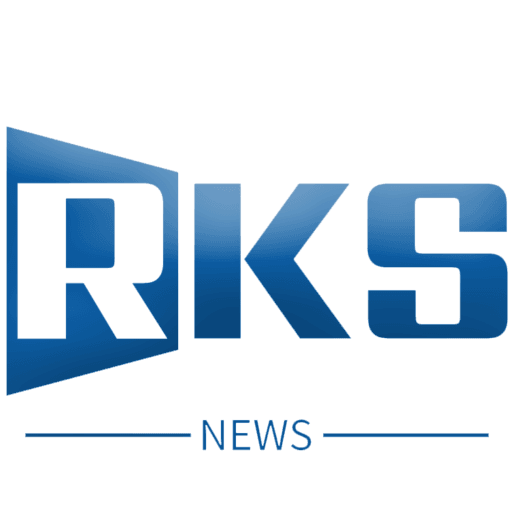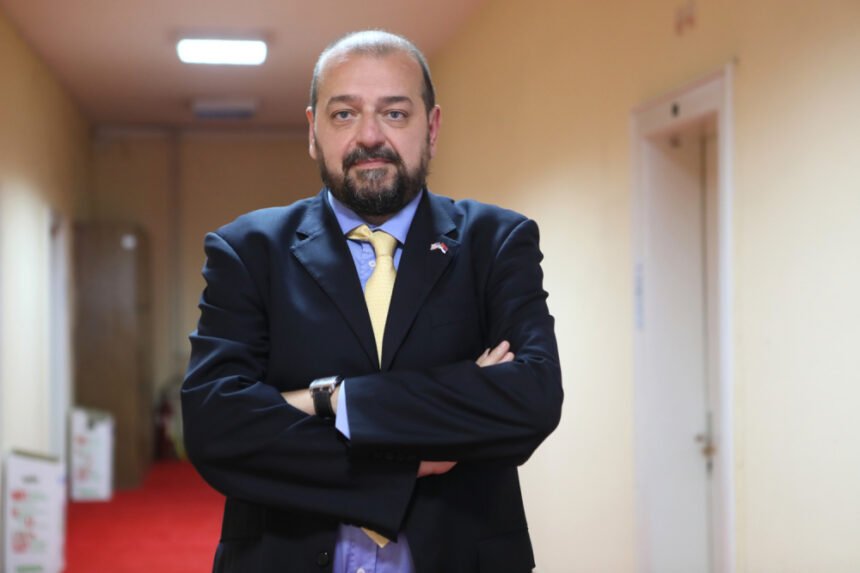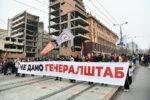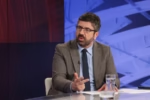An in-depth analysis from The Geopost, penned by Dragan Sormaz, asserts that Serbia has become a crucial hub for Russia’s hybrid warfare efforts across the Western Balkans. This multifaceted influence campaign, leveraging historical ties and a state-level program of societal militarization, aims to reorient Serbian foreign policy away from Euro-Atlantic integration and towards Moscow’s strategic objectives. The analysis highlights a sophisticated network designed to create a pro-Russian narrative, criminalize state institutions, and destabilize the broader region.
Orchestrating a Pro-Russian Shift
According to Sormaz, the primary goal of Russia’s hybrid operations in Serbia is to turn the country away from Euro-Atlantic integration and align it with Russia and its goals. This is achieved by cultivating a supposedly orthodox and conservative, pro-Russian narrative, exploiting the deep historical ties between the two nations. Domestically, the strategy fosters a perception of the Russian Federation as Serbia’s “only and undisputed ally,” encouraging the adoption of the Russian model in areas like church-state relations and human rights – aspects often obscured from the Serbian public.
Serbia Under Absolute Hybrid Influence
The analysis describes Serbia as being under “absolute Russian hybrid influence,” with key elements targeting various sectors. State institutions are reportedly “completely paralyzed” and “criminalized,” while society itself is deeply divided. The impact on the education sector and youth work is deemed particularly dangerous. This is illustrated by instances like student protests against the regime of Aleksandar Vučić, where, despite their demands aligning with EU expectations for state reforms, Russian state flags and even war flags are frequently displayed.
Furthermore, the article points to other youth groups, such as those masquerading as “soccer fans,” allegedly organized by Russian services and connected to criminal networks. This extensive “octopus” of Russian services, drug traffickers, and high-ranking government officials is accused of demoralizing ordinary citizens and destroying trust in state institutions.
Key Actors and a Distorted Media Landscape
The analysis identifies Aleksandar Vučić as the head of this “octopus” on the Serbian side, with several other individuals named for promoting Russian interests, including Aleksandar Vulin, Milica Đurđević, Nenad Popović, Miša Vacić, Dragoslav Bokan, Branimir Nestorović, and Vojislav Šešelj.
A vast array of media outlets, both Russian (like RT and Sputnik) and Serbian (including national frequencies such as Pink, B92, Happy, as well as Informer and Pečat), are allegedly used to paint a distorted picture of reality. Their task is to disseminate pro-Russian content, foster an uncritical and emotional view of Russia as a just and powerful ally, and frame NATO as an enemy, particularly in relation to the Kosovo issue. The article notes that even the EU-licensed TV channel Euronews Serbia reportedly invites pro-Russian representatives more often than supporters of the Euro-Atlantic world.
The “Serbian World” as a Tool for Regional Destabilization
Beyond Serbia, Russian influence, coupled with the concept of the “Serbian world,” is highlighted as a critical component of the Kremlin’s geopolitical strategy in Montenegro and Bosnia and Herzegovina. These two states are deemed particularly vulnerable due to their multi-ethnic composition, historical legacies, weak institutions, and geopolitical alignment.
In Montenegro, despite its NATO membership, Russia’s influence is evident through support for conservative, pro-Russian structures within the “Serbian world” framework. The Serbian Orthodox Church (SOC) is identified as a central instrument of soft power, and previously, political alliances like the Democratic Front openly opposed NATO and EU membership. Digital media platforms and intelligence channels are also cited as tools for disseminating pro-Russian narratives and even direct operations, such as the 2016 coup attempt.
In Bosnia and Herzegovina, the Republika Srpska, led by Milorad Dodik, forms a central point for Russian influence. Dodik, who frequently uses rhetoric echoing that of Slobodan Milošević, enjoys open support from Russia, including diplomatic backing in the UN Security Council. The SOC and Republika Srpska media also support narratives of “Serbian spiritual unity.”
The analysis concludes that the “Serbian world” is not merely a cultural concept but an “instrument of a revisionist and imperialist policy” that aligns perfectly with Russia’s strategy of slowing down NATO and EU expansion and fostering chronic insecurity in the region.
Long-Term Implications and the Path Forward
The article warns that individuals, organizations, groups, and institutions involved in these activities must be monitored, and preventive measures taken, as they endanger not only the security of the Balkans but all of Europe. The author emphasizes that Serbia, under its current leadership, is acting as Russia’s “aircraft carrier” in this hybrid war.
The conclusion asserts that to counter this pervasive influence, removing Aleksandar Vučić from power is a necessary first step, followed by a long and arduous struggle to undo the “evil” sown by Putin and Vučić in Serbia and the wider region, with the ultimate goal of Serbia joining the Euro-Atlantic world.







